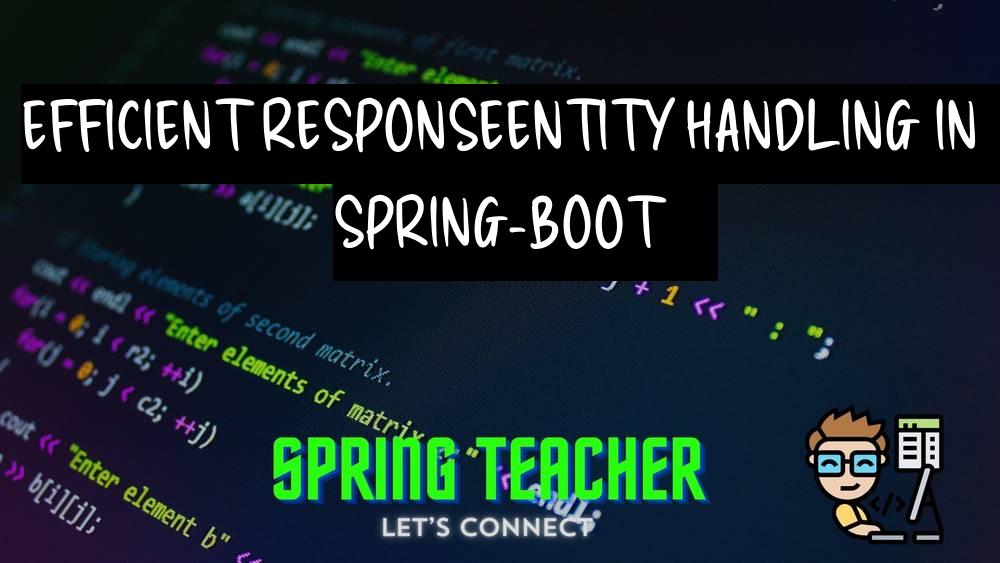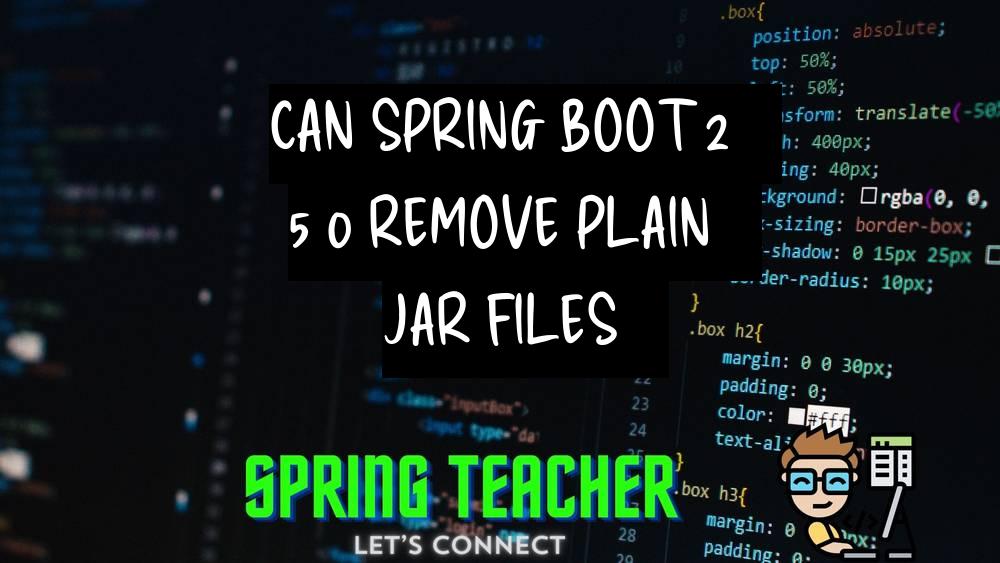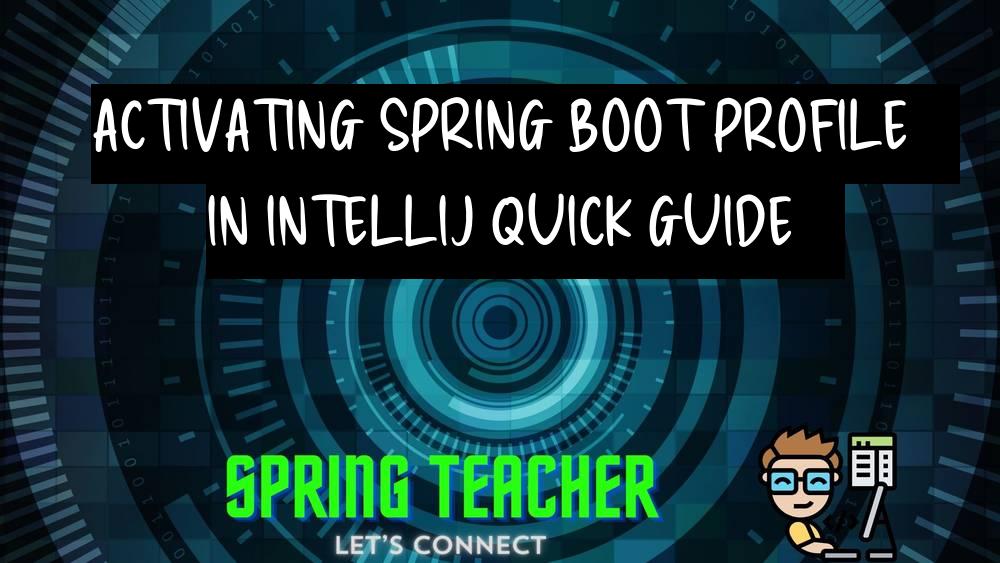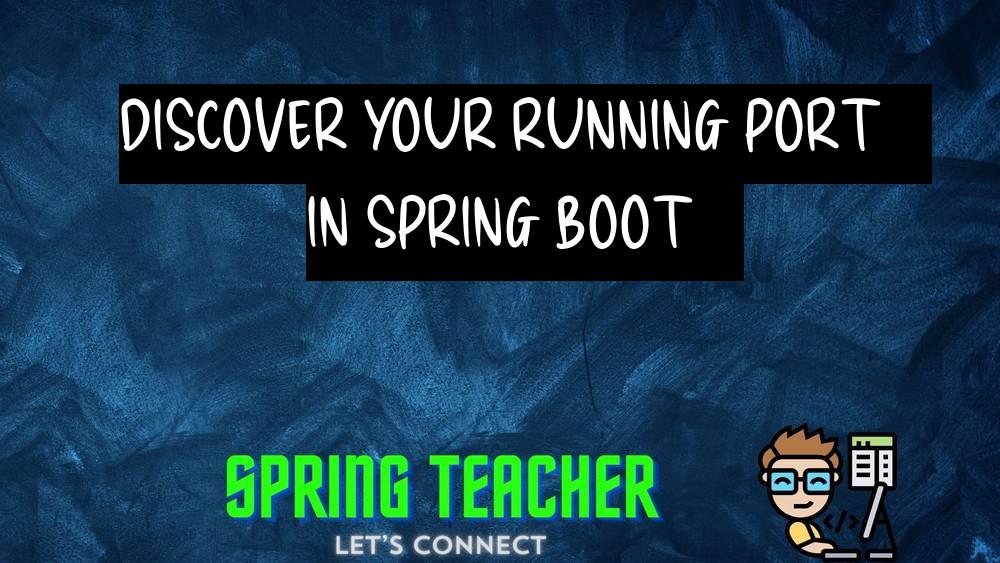What is the best way to return different types of ResponseEntity in Spring-Boot (Error Handling for REST with Spring)
Introduction:
Handling errors in a RESTful Spring Boot application is a crucial aspect of ensuring a good user experience.
Different types of errors may occur during API operations, and it’s essential to return appropriate responses to the client in a consistent manner.
Overview:
Spring Boot provides several mechanisms for handling errors and returning different types of ResponseEntity.This includes using ResponseEntityExceptionHandler, @ExceptionHandler annotation, and custom exception classes.
Problem:
When an error occurs in a RESTful service, it’s important to return a meaningful error response to the client.
This can include status codes, error messages, and additional details to help the client understand and resolve the issue.
Different types of errors may require different response structures and status codes.
Solution:
1. ResponseEntityExceptionHandler: Extend ResponseEntityExceptionHandler to handle exceptions globally in a Spring Boot application.
Override the methods provided by this class to customize the error responses based on the exception type.
2. @ExceptionHandler annotation: Use the @ExceptionHandler annotation in controller classes to handle specific exceptions.
By annotating a method with @ExceptionHandler and specifying the exception type, you can define custom error handling logic for that exception.
3. Custom exception classes: Create custom exception classes that extend RuntimeException or a subclass of it.
Define custom constructors to pass error messages and additional details.Catch these exceptions in controller methods or global exception handlers and return the appropriate ResponseEntity.
By leveraging these approaches, you can effectively handle errors in a Spring Boot application and return different types of ResponseEntity based on the specific error scenarios.
Key points to address:
– Different ways to return ResponseEntity in Spring Boot
– How to handle errors and exceptions in REST APIs
– Best practices for error handling in Spring Boot applications
Explain the Core Concept:
1. Using ResponseEntity: ResponseEntity is a generic type that represents the entire HTTP response, including the body, headers, and status code.
You can use this to return different types of responses from your REST controllers in Spring Boot.
Different Solutions with code samples:
– One way to return different types of ResponseEntity in Spring Boot for error handling is by creating a custom error response object and wrapping it inside the ResponseEntity.
public ResponseEntity<Object> handleException(RuntimeException ex, WebRequest request) {
CustomErrorResponse errorResponse = new CustomErrorResponse(HttpStatus.BAD_REQUEST, ex.getMessage());
return new ResponseEntity<>(errorResponse, HttpStatus.BAD_REQUEST);
}
– Another way is to use ResponseEntityExceptionHandler provided by Spring.
Extend this class and override the specific exception handling methods to return different types of ResponseEntity based on the exception.
@ControllerAdvice
public class CustomExceptionHandler extends ResponseEntityExceptionHandler {
@Override
protected ResponseEntity<Object> handleExceptionInternal(Exception ex, Object body, HttpHeaders headers, HttpStatus status, WebRequest request) {
CustomErrorResponse errorResponse = new CustomErrorResponse(status, ex.getMessage());
return new ResponseEntity<>(errorResponse, status);
}
}
Conclusion:
Depending on the requirement and complexity of error handling, you can choose either of the above approaches to return different types of ResponseEntity in Spring Boot for handling errors in RESTful services.



